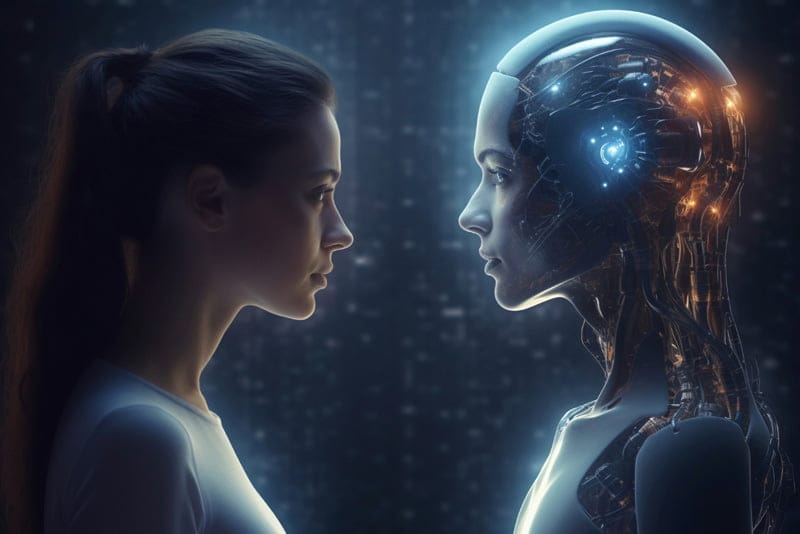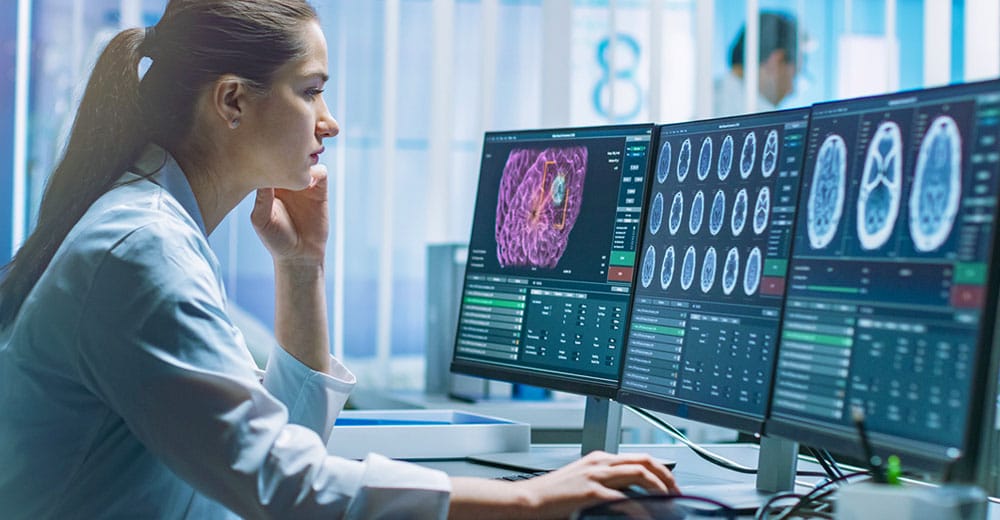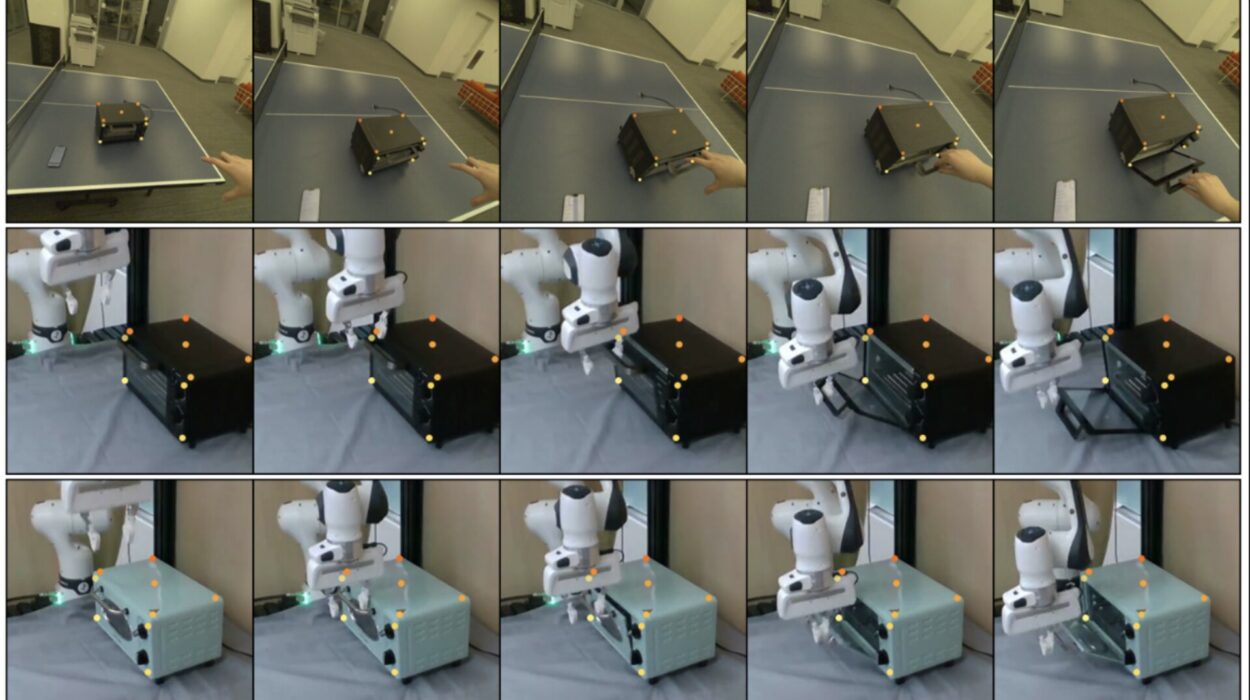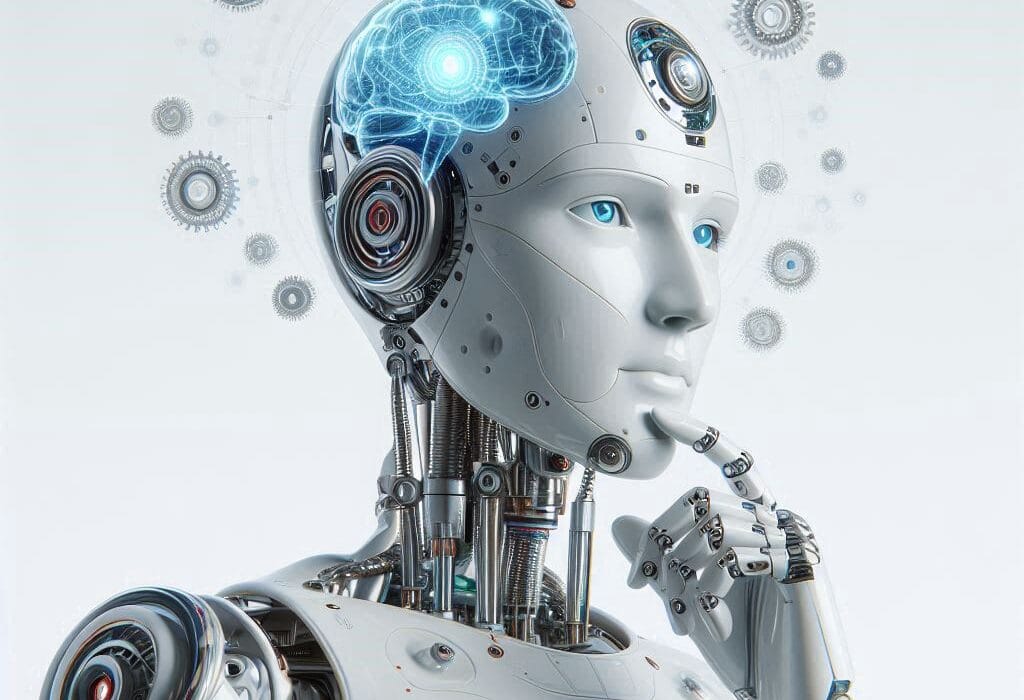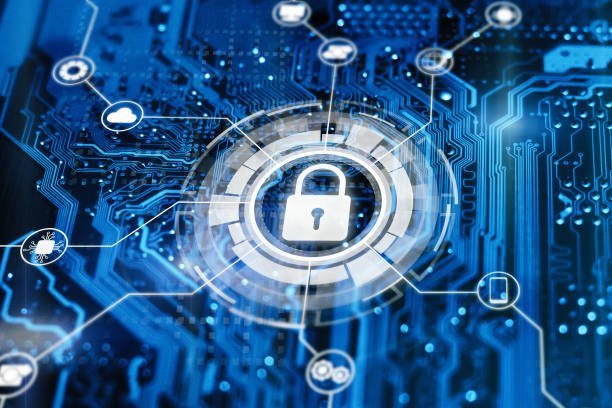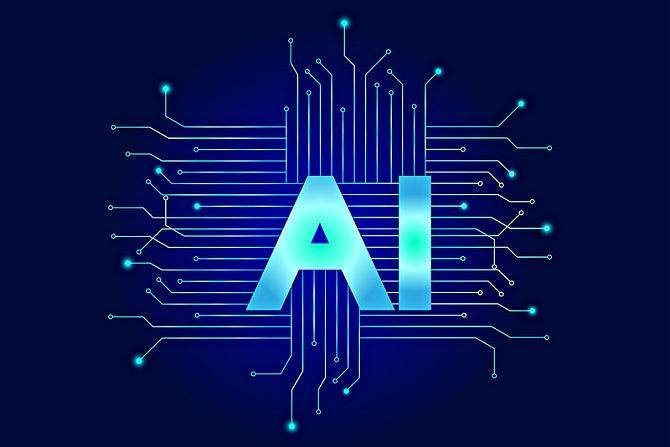Some questions belong to a specific age, and others seem to belong to eternity. In the 21st century, one such question has risen above the rest, weaving itself into art studios, recording booths, design offices, and even the pages of poetry: Can artificial intelligence truly be creative, and if so, where does that leave us, the humans who once believed creativity was uniquely ours?
It’s a question that burns with both curiosity and unease. The rise of AI-generated art, literature, music, and design has blurred lines that once seemed bright and unshakable. We now live in a world where a computer program can paint in the style of Van Gogh, compose a symphony, write a sonnet, and even suggest plot twists for a novel. A decade ago, these feats would have sounded like science fiction; today, they are as real as the screen in front of you.
And yet, beneath the marvel of these capabilities lies an undercurrent of tension. We wonder — is this truly art, or is it a clever mimicry of it? Can something without consciousness, without joy or sorrow, without the trembling hands of human experience, create something that resonates in the marrow of our bones? And if it can, then what becomes of the role we once held as the sole architects of beauty and meaning?
To explore these questions, we must journey into the overlapping worlds of human creativity and artificial ingenuity, understanding both their common ground and their chasms.
The Nature of Creativity: More Than the Sum of Its Parts
Creativity, for most of human history, has been seen as something fundamentally human — a spark that ignites in the mind when it dances with inspiration, a bridge between emotion and expression. When a poet writes about love, they don’t simply arrange words; they distill personal longing, heartbreak, or joy into a form another person can feel. When a painter brushes color onto canvas, they bring not only skill but also a lifetime of perceptions and memories into the work.
For centuries, philosophers have debated where creativity comes from. The ancient Greeks spoke of the Muses, divine spirits whispering ideas into the minds of mortals. The Romantics saw it as the eruption of the soul. Modern psychology, in contrast, frames it as a process — the combination of knowledge, memory, and divergent thinking to produce something novel and valuable.
If creativity is indeed a process, then AI’s participation in it becomes less alien. Machine learning systems are, at their core, pattern detectors and generators. They take in vast amounts of data — images, sounds, words — and rearrange them in novel ways. To a certain extent, this is not unlike the human brain, which also learns patterns and makes connections. But here lies the subtle divide: humans create through the prism of lived experience, while AI creates through statistical association. One is born of life, the other of data.
The Rise of Artificial Creativity
The AI revolution in creativity did not happen overnight. Its roots lie in decades of research in machine learning, natural language processing, and computer vision. Early programs could barely draw a coherent stick figure or produce a passable rhyme. But as algorithms grew more sophisticated and computing power expanded, AI crossed the threshold from functional to artistic.
Neural networks, modeled loosely after the human brain’s architecture, became capable of learning styles, genres, and artistic rules from enormous datasets. Generative adversarial networks (GANs) emerged as a particularly groundbreaking approach, where two AIs — one generating content and the other judging it — pushed each other toward refinement. The results began to astonish: portraits that seemed painted by Old Masters, music that could pass as Baroque or jazz, poetry that could stir the emotions of unsuspecting readers.
Then came the conversational and multimodal AIs, capable not only of producing creative works but of discussing, explaining, and revising them. Suddenly, AI wasn’t just a tool; it was a collaborator — or, depending on your perspective, a competitor.
Human Reaction: Awe, Fear, and Resistance
The first encounters with AI-generated art often trigger awe. It’s difficult not to marvel at the precision, the fluency, the way a machine can echo the style of Shakespeare or compose a photorealistic scene that never existed. But the awe is often followed by discomfort.
For many artists, there is a sense of intrusion — as though a guest had walked into their studio, studied their work without asking, and then begun producing pieces in their signature style. The knowledge that AI has been trained on vast troves of human-created works — often without explicit consent from the creators — adds a moral and legal dimension to the debate. Is this inspiration or theft? And if it is theft, can it be excused on the grounds that human creativity itself is built on borrowing, remixing, and reimagining what came before?
Others fear the economic implications. If AI can produce convincing graphic design in seconds, what happens to freelance designers? If it can write marketing copy instantly, will companies still hire copywriters? The anxiety is not unfounded — automation has a long history of displacing human labor. But the displacement of creative labor touches a nerve in a way industrial automation never did, because it strikes at something we have long thought was uniquely human.
The Question of Authenticity
Perhaps the deepest discomfort stems from the question of authenticity. A song written by an AI may sound beautiful, but is it authentic in the same way a song written by a human is? Authenticity, in art, is tied to intention and consciousness. When we listen to Billie Holiday sing, we hear not just her voice but the life behind it — the pain, the joy, the resilience. AI has no personal history, no interior life. It cannot ache, hope, or dream.
Yet, some argue that the audience’s emotional reaction is what ultimately matters. If a listener feels moved by a melody, does it matter whether it was written by a human or a machine? This leads to uncomfortable territory. Are we willing to replace the artist’s inner life with a simulation, as long as the simulation is convincing?
The question is reminiscent of the “Turing test” in artificial intelligence: if you can’t tell whether something was made by a human or a machine, does the distinction matter? For creativity, many would argue it does — because art, at its core, is a conversation between human minds across time and space. Without the human mind on one end, some believe the conversation becomes hollow.
AI as a Creative Partner
While some view AI as a rival, others embrace it as a partner — a kind of muse with infinite patience and no ego. In this model, the human artist remains the guiding force, using AI as a tool to explore ideas, generate variations, or break through creative blocks.
A novelist might use AI to brainstorm plot twists or flesh out minor characters. A composer might experiment with AI-generated chord progressions as a starting point for a new song. A painter might feed sketches into a program that offers color palettes inspired by thousands of artworks. In each case, the human remains the originator and final arbiter, while AI serves as a catalyst for inspiration.
In fact, some argue that AI can democratize creativity, giving those without formal training access to tools that allow them to express themselves in new ways. Someone with no experience in visual art can still produce compelling images; someone who has never studied music theory can create a soundtrack for their short film. In this sense, AI could be seen as expanding the creative sphere rather than shrinking it.
The Ethical Horizon
Yet even if we embrace AI as a partner, the ethical questions persist. Who owns the rights to AI-generated works? The person who prompted the AI? The developers who built the model? The artists whose work trained it? Intellectual property law, designed for a pre-AI era, is straining under the weight of these new questions.
There’s also the question of cultural and social responsibility. AI can replicate biases present in its training data, leading to art or literature that unintentionally reinforces stereotypes or excludes certain voices. If AI becomes a major cultural producer, we must ask: whose perspectives will it amplify, and whose will it erase?
The Human Edge
Despite the rapid advances of AI, there remains — at least for now — something uniquely human in creativity. Humans create not just to produce output but to process experience, to connect with others, to make sense of existence itself. A human artist can be moved by a sunset, a heartbreak, a historical injustice, and channel that feeling into work that carries a piece of their inner world.
AI does not feel — it processes. It can mimic the language of longing, but it cannot long. It can simulate the structure of a joke, but it does not find anything funny. Its “creativity” is a mirror held up to humanity’s own, reflecting and recombining what we’ve already made.
This is not to diminish AI’s power — mirrors can show us perspectives we might never have considered. But it is to remember that a reflection, however perfect, is not the same as the thing it reflects.
Drawing the Line
So, where do we draw the line? Perhaps the answer is not a single, sharp boundary, but a shifting balance. We may choose to see AI as a new kind of instrument — one capable of producing astonishing outputs, but still requiring the touch of a human player to imbue it with intention and meaning.
In the end, the challenge may not be to defend human creativity against AI, but to redefine it in a way that acknowledges this new reality. Just as photography did not destroy painting, and recorded music did not end live performance, AI will likely change, but not erase, the human role in creativity.
The line we draw may not be about capability, but about connection — about ensuring that in the age of machine-made art, we do not lose the human stories, struggles, and voices that make creativity more than just the rearrangement of patterns.
Looking Forward
The next decades will test our adaptability. We will see more AI-generated novels, films, songs, and visual masterpieces. Some will be indistinguishable from human creations; some will be obvious in their artificiality. We will need to develop not only new legal frameworks but also new cultural literacies, learning how to interpret and value works in a world where their origins may be opaque.
But we should remember this: creativity has always been a dialogue between the tools we have and the stories we wish to tell. The printing press, the camera, the synthesizer — each was once feared as a threat to “real” art. And each, in time, became simply another way to make it. AI will be no different, unless we let it be.
The true danger is not that AI will become more creative than humans, but that humans will stop striving for creativity themselves, content to let the machine do the dreaming. To avoid that fate, we must treat AI not as a replacement for our own imagination, but as a challenge to expand it.
For as long as there are people who feel the urge to express — to make sense of their joy, grief, hope, and doubt through the act of creation — human creativity will endure. And perhaps, just perhaps, AI will not diminish that flame, but give it new colors in which to burn.
